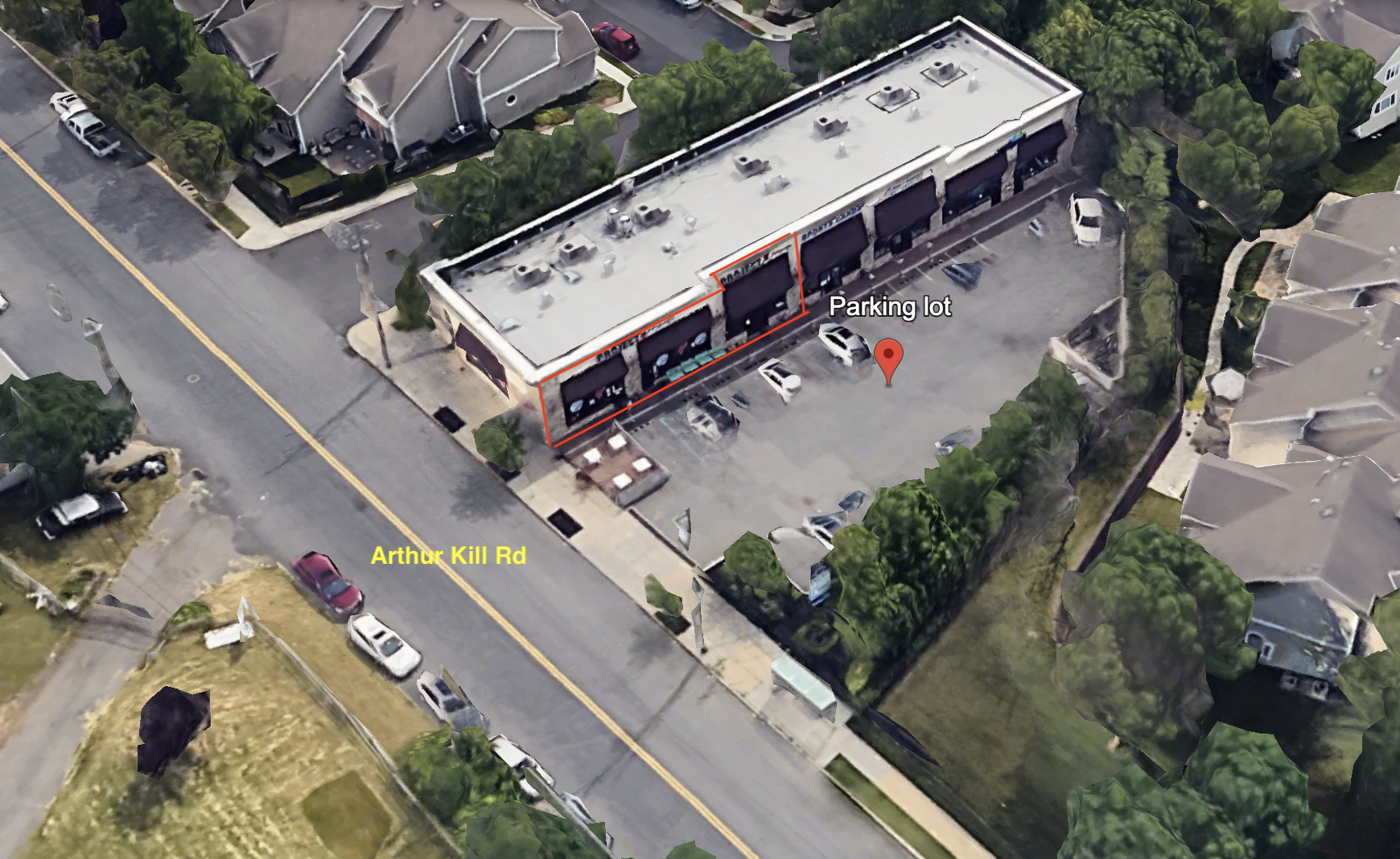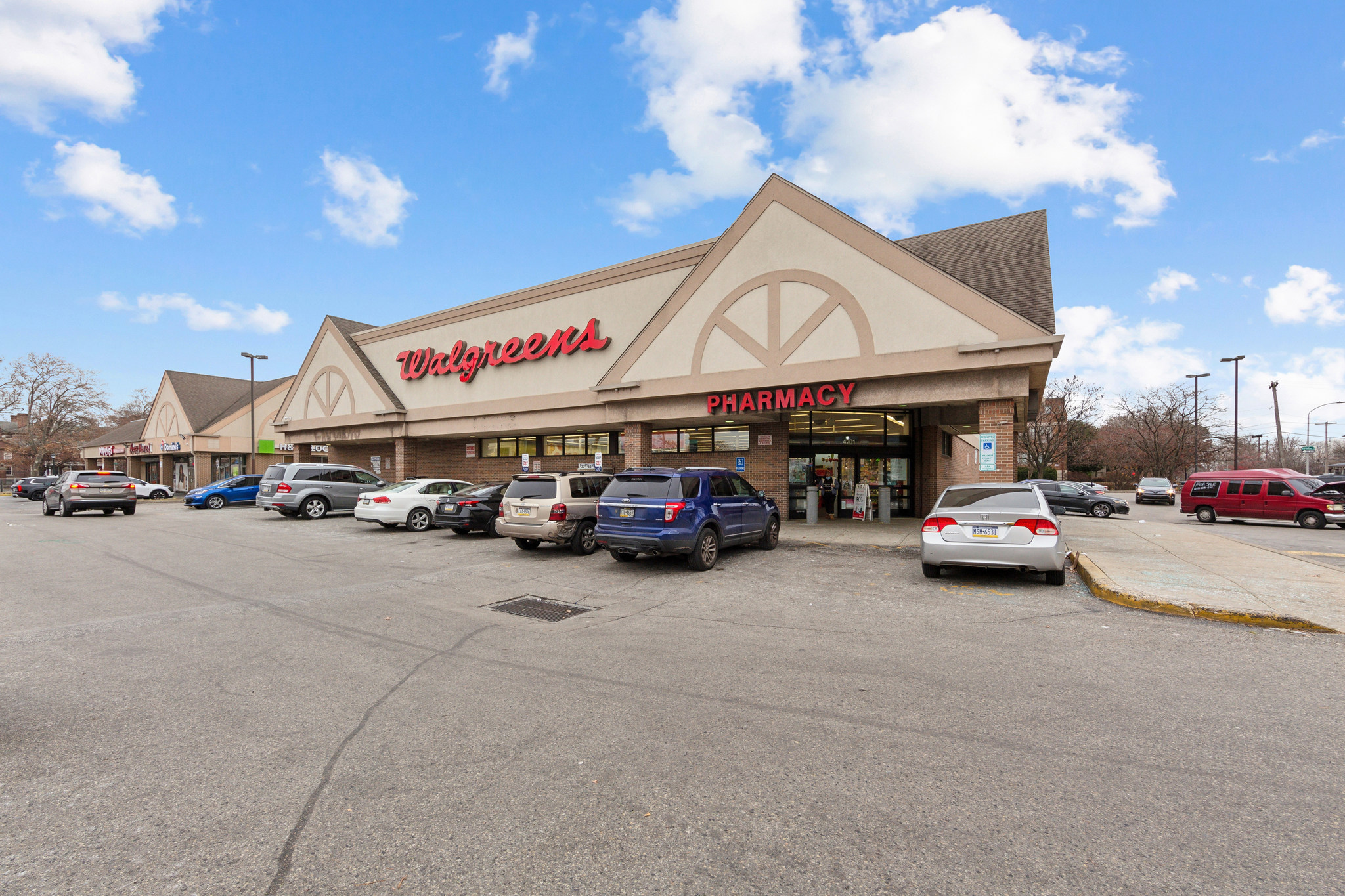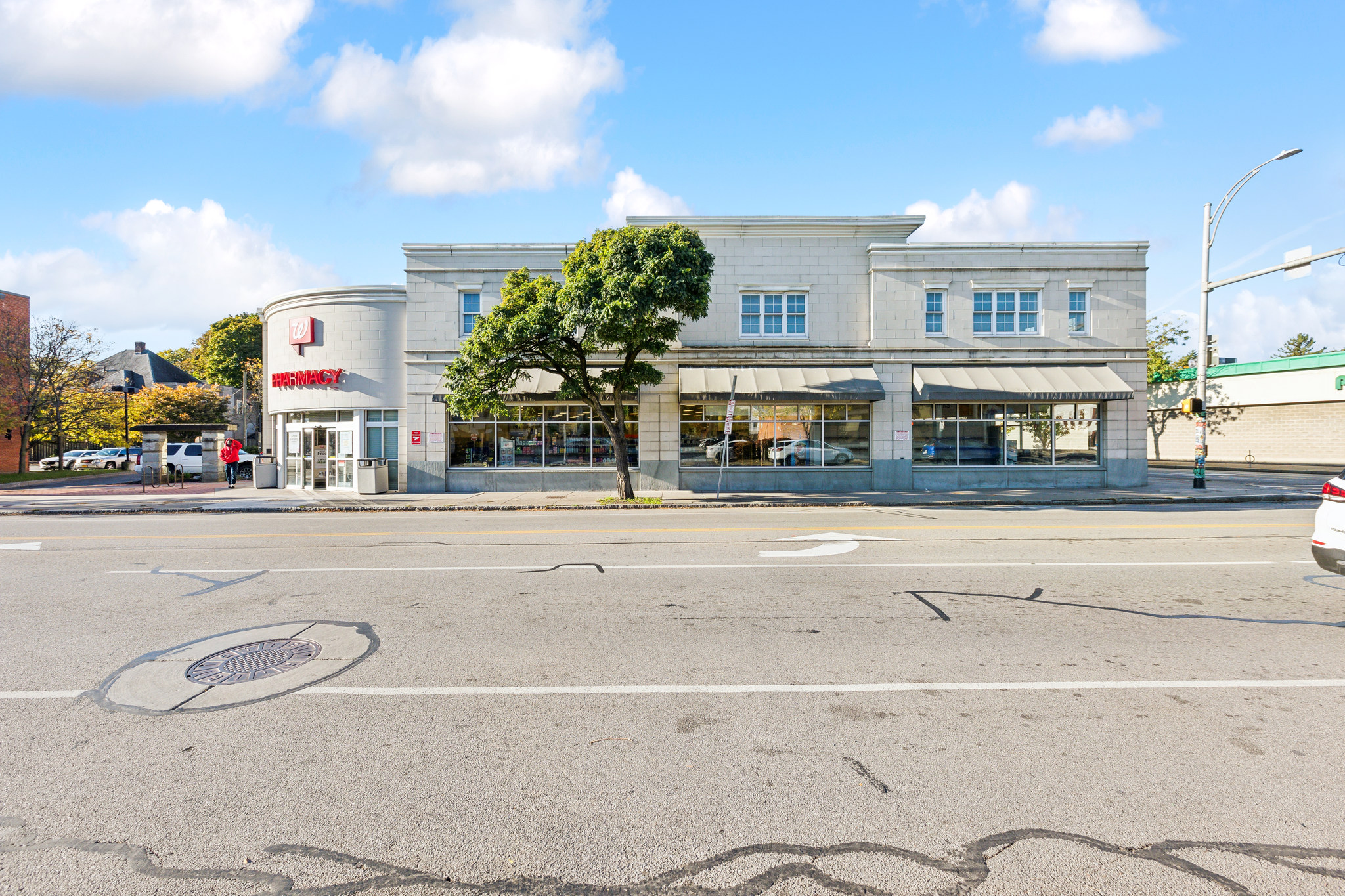Valve Seat Corrosion
The valve seat is the thing that connects your spout and faucet. Every time you turn on your sink, it’s exposed to heavy amounts of water pressure. The more pressure the valve seat is exposed to, the more likely corrosion is to happen. If left unchecked, your spout will begin to leak.
This is a common occurrence that happens to even fancy sink options. The best way to avoid it is to clean your valve seat on a normal basis. Don’t be afraid to call a plumber to get assistance with this process.
Loose or Worn Compression Nut
A loose compression nut is another common reason why your sink could be leaking. It’s also one of the easiest problems to fix. All you have to do is grab a wrench and tighten the offending nut.
If tightening it doesn’t work, your compression nut might more than a little lose. It could be worn, cracked, or broken, which is another problem entirely. You’ll have to get a professional to fix it if you want to stop the kitchen sink leaking water.
Water Supply Connection
If there is a puddle of water under your sink every other day or so, you might have an issue with the water supply line that’s associated with the sink.
Most sinks have two major water supply lines. If the gasket goes out on one of these supply lines or there’s any corrosion, the sink will leak.
If the problem is the gasket, you might be able to fix it by replacing it. If you have a loose connection anywhere, tightening it will also solve the problem. Try this out before you get a plumber on the phone.
O-Ring Damage
The O-ring is what keeps your kitchen faucet handle standing up. When this ring wears out, it’s not uncommon for water to pool around the connection the two once had.
It is wise to replace the O-ring to stop the water from coming, but you should call the plumber too. They’ll be able to tell you why the ring wore out and find out if something more sinister was behind the leak.
Clogged P-Trap
The p-trap is a curved pipe that’s located beneath the sink. Its job is to stop bad odors from wafting up through the drain and getting into your home.
As life goes on and you wash food down your sink, the p-trap will take on more than it can handle and get clogged. The good news is that as soon as this happens, you’ll know it.
The water in your sink will stop draining the way it should. Those horrible smells that the pipe was protecting you from will come up through the drain at full force and you will experience leaks.
The good news is all you have to do is get the pipe cleared out and you’ll be good to go. Complications only arise when the pipe is broken. You’ll have to get a plumber to replace the pipe in this case.
Drain Leaks
When your sink is installed, the drain is sealed with plumbers’ putty to stop it from leaking. Over time, the putty may thin out or get too dry. When this happens, you might experience a leaky sink.
Your drain may also leak if it’s getting a bit too old. If this is the case, you’ll have to get a professional to come out and replace the drain as soon as you’re able.
Faucet Leaks
A faucet leak can be both easy and not easy to spot. Sometimes, you’ll actually see the water pooling on top of the sink. Other times, the leak will be underneath it.
Either way, it’s not a fun position to be in. Sometimes the leak is caused by loose washers and worn-out gaskets. Once you replace those, you should be good to go.
If that doesn’t fix the issue, you’ll have to buy a new faucet. Your wallet won’t like it, but at least installing a new faucet is easy enough for you to do on your own.
Worn-Out Washer
Every time you wash dishes or clean your hands, the water puts pressure on the valve seat. It’s not uncommon for this pressure to make the washers wear out over time.
To fix this problem, you’ll have to locate the broken washers and replace them. Once you do that, your sink should work like new again.
Common Causes of Kitchen Sink Leaking
Kitchen sink leaking is an annoying problem that isn’t too hard to fix. The only time you need to call the plumber is in the case of a broken pipe or corrosion. You can replace a worn washer or gaskets all on your own.
Either way, you need to fix the problem before it turns into a worst-case scenario. We hope you’re able to use this guide to figure out what’s wrong with your sink.
Are you looking for more ways to troubleshoot problems in your house? Check out our blog for all the latest tips and tricks for homeowners.







Leave a Comment